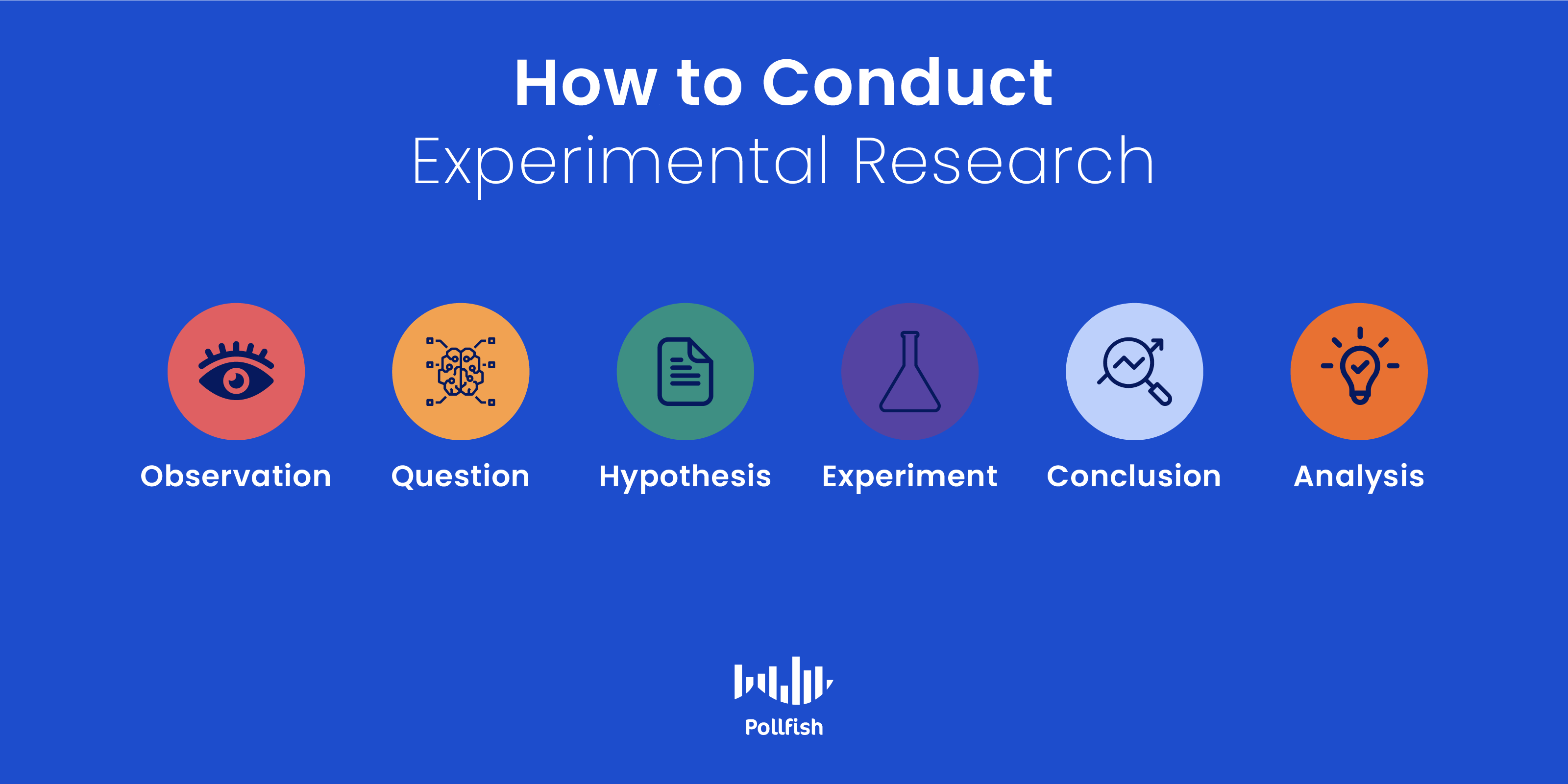Table Of Content

On the plus side, it provides really robust results because it accounts for so many variables. Let's say you're a teacher and you want to know if a new math program helps kids get better at multiplication. First, you'd give all the kids a multiplication test—that's your pretest.
Random Allocation
Instead of the attractive condition always being first and the unattractive condition always being second, the attractive condition comes first for some participants and second for others. Likewise, the unattractive condition comes first for some participants and second for others. Thus any overall difference in the dependent variable between the two conditions cannot have been caused by the order of conditions. A second way to think about what counterbalancing accomplishes is that if there are carryover effects, it makes it possible to detect them.
Pre-Experimental Design
Researchers now use super powerful software to help design their experiments and crunch the numbers. Around 350 BCE, people like Aristotle were trying to figure out how the world works, but they mostly just thought really hard about things. So while they were super smart, their methods weren't always the best for finding out the truth. A confounding variable could be an extraneous variable that has not been controlled. Repeated Measures design is also known as within-groups or within-subjects design. This should be done by random allocation, ensuring that each participant has an equal chance of being assigned to one group.
IX. Chapter 9: Factorial Designs
Imagine, for example, that participants judge the guilt of an attractive defendant and then judge the guilt of an unattractive defendant. If they judge the unattractive defendant more harshly, this might be because of his unattractiveness. But it could be instead that they judge him more harshly because they are becoming bored or tired. The attractive condition is always the first condition and the unattractive condition the second.
OHIO research project selected for International Space Station - Ohio University
OHIO research project selected for International Space Station.
Posted: Thu, 18 Jan 2024 08:00:00 GMT [source]
Researchers must ensure their experiments do not cause harm or discomfort to participants. This method includes two or more groups, enabling the researcher to use one group as a control. Without proper planning, unexpected external variables can alter an experiment's outcome.
Step 2: Write your hypothesis
To assess the effect of the organization on recall, a researcher randomly assigned student volunteers to two conditions. One member of each matched pair must be randomly assigned to the experimental group and the other to the control group. A matched pairs design is an experimental design where pairs of participants are matched in terms of key variables, such as age or socioeconomic status. One member of each pair is then placed into the experimental group and the other member into the control group. A confounding variable is related to both the supposed cause and the supposed effect of the study. It can be difficult to separate the true effect of the independent variable from the effect of the confounding variable.
One-shot case study research design
Furthermore, you need to clearly state how your research will contribute to the research field, either by adding value to the pertinent literature or challenging previous findings and assumptions. When groups experience different product designs, the company can assess which option most appeals to potential customers. When you have a clear idea of how to carry out your experiment, you can determine how to assemble test groups for an accurate study. Determine which type of stimulus meets your experiment’s needs and how widely or finely to vary your stimuli.

Experimental Design – Types, Methods, Guide
In a within-subjects experiment, however, the same group of participants would judge the guilt of both an attractive and an unattractive defendant. Experimental design also allows researchers to generalize their findings to the larger population from which the sample was drawn. By randomly selecting participants and using statistical techniques to analyze the data, researchers can make inferences about the larger population with a high degree of confidence. This design involves grouping participants within larger units, such as schools or households, and then randomly assigning these units to different treatment groups. The two variable groups mirror the control groups, but researchers expose them to stimuli.

True Experimental Design
Herein, the first set of variables acts as a constant, used to measure the differences of the second set. The best example of experimental research methods is quantitative research. A pre-experimental research study is a basic observational study that monitors independent variables’ effects. One of the most important requirements of experimental research designs is the necessity of eliminating the effects of spurious, intervening, and antecedent variables. But there could be a third variable (Z) that influences (Y), and X might not be the true cause at all.
This experimental design method involves manipulating multiple independent variables simultaneously to investigate their combined effects on the dependent variable. Sometimes randomisation isn’t practical or ethical, so researchers create partially-random or even non-random designs. An experimental design where treatments aren’t randomly assigned is called a quasi-experimental design. (Does the attractiveness of one person depend on the attractiveness of other people that we have seen recently?) But when they are not the focus of the research, carryover effects can be problematic.
Of all the types, the simplest type of experimental design is the completely randomized design, in which the participants are randomly assigned to the treatment groups. The main advantage of using this method is that it avoids bias and controls the role of chance. This method provides a solid foundation for Statistical analysis as it allows the use of probability theory.
They can help us see patterns or possible causes for things that we otherwise might not have realized. You'll find this type of research everywhere from marketing studies to healthcare. For instance, you might have heard about surveys asking people what they think about a new product or political issue. Those are usually cross-sectional studies, aimed at getting a quick read on public opinion. This design rose to popularity in the mid-20th century, mainly because it's so quick and efficient.
Imagine wanting to know how people of different ages feel about a new video game. Instead of waiting for years to see how opinions change, you could just ask people of all ages what they think right now. Plus, keeping track of participants over many years can be like herding cats—difficult and full of surprises. So next time you read about a groundbreaking discovery in medicine or technology, chances are a True Experimental Design was the VIP behind the scenes, making sure everything was on point. It's been the go-to for rigorous scientific inquiry for nearly a century, and it's not stepping off the stage anytime soon.
We discuss what 'covariates' are, how they help, and the kinds of biological insight they can provide when their measurement is included in an experimental design and analysis. That said, our current discussion of experimental design only tangentially addresses some fundamental topics. For example, we provide thorough discussion of power analysis for a variety of experimental designs (see later Chapters) to help researchers decide upon the appropriate level of replication (sample size) for their experiment.
The same is true for intervening variables (a variable in between the supposed cause (X) and the effect (Y)), and anteceding variables (a variable prior to the supposed cause (X) that is the true cause). When a third variable is involved and has not been controlled for, the relation is said to be a zero order relationship. In most practical applications of experimental research designs there are several causes (X1, X2, X3). In a quasi-experimental design, the participants of the groups are not randomly assigned.
This website is using a security service to protect itself from online attacks. There are several actions that could trigger this block including submitting a certain word or phrase, a SQL command or malformed data.

No comments:
Post a Comment